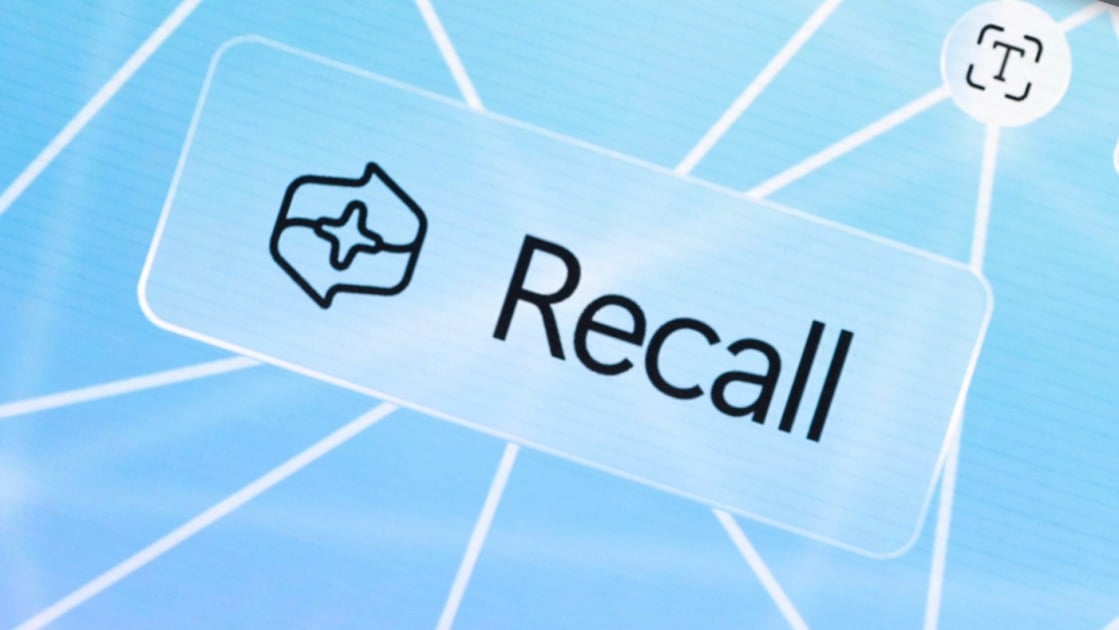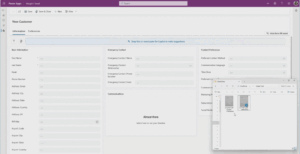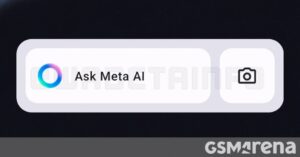Microsoft Unveils Its Debated Recall Feature

Microsoft Recalls Controversial Feature as it Exits Beta
After several delays due to security concerns, Microsoft is launching its Recall feature. This tool will be available exclusively for users of Copilot+ on Windows 11 as part of a feature update rolling out today.
What is the Recall Feature?
Recall aims to help users easily retrieve previously opened folders, emails, or closed browser tabs. However, its previous testing phase raised eyebrows, with some critics comparing it to spyware. The feature saves and archives screenshots of user activity, which could potentially be misused by unauthorized parties, including malware or government entities.
Concerns Over Privacy and Security
Due to the significant privacy and security issues associated with the Recall feature, Microsoft chose to delay its release. To address these concerns, the company implemented additional security measures. Recall was initially offered as a beta feature to Windows 11 Insiders to gather valuable feedback before its broader launch.
According to David Weston, Microsoft’s VP for security, Recall is designed as "the most secure experience in Windows." Users can opt in to use Recall, and it can be easily removed if desired. The opt-in nature is crucial; Weston acknowledged that users were worried someone could enable Recall without their knowledge. Therefore, users must also go through an uninstallation process if they want to disable it.
Security Measures in Place
When users first enable Recall, they must authenticate their identity using Windows Hello, which requires a fingerprint or facial recognition. This measure ensures that only the authenticated user can activate Recall. In addition, a more advanced version of Windows Hello has been developed to mitigate the chance of malware spoofing the user’s biometric data.
Another critical aspect of its security framework includes encryption. Recall uses end-to-end encryption, which means neither the data itself nor the encrypted files can be accessed by Microsoft or third parties. Furthermore, all data collected through Recall remains on the user’s device and is not uploaded to Microsoft’s servers.
Early Warnings About Risks
Microsoft has taken additional steps to safeguard sensitive information. They have introduced “application filters” that can detect and prevent the capture of sensitive data like Social Security numbers or personal identification. These filters will continue to be improved over time. However, concerns persist among experts, including security researcher Kevin Beaumont, who noted that the filtering process can be inconsistent and may still capture sensitive information unintentionally.
Beaumont expressed skepticism about the security of Recall. Although biometrics are required for the initial setup, beyond that, users may only need to enter a four-digit PIN to access Recall, which raises concerns about privacy for sensitive users such as journalists or individuals at risk of surveillance.
Features and User Awareness
To keep users informed, Recall indicates when it is active through visual cues, including an “eye icon” in the system tray. Microsoft explained that given the overwhelming amount of information users face daily, the feature is aimed at helping them more easily find what they are looking for.
As the rollout begins, Microsoft intends to extend Recall’s availability gradually, ensuring that features reach users in a controlled manner. Potential users should be aware of the ongoing discussions regarding security risks as they consider opting in to this new feature.






